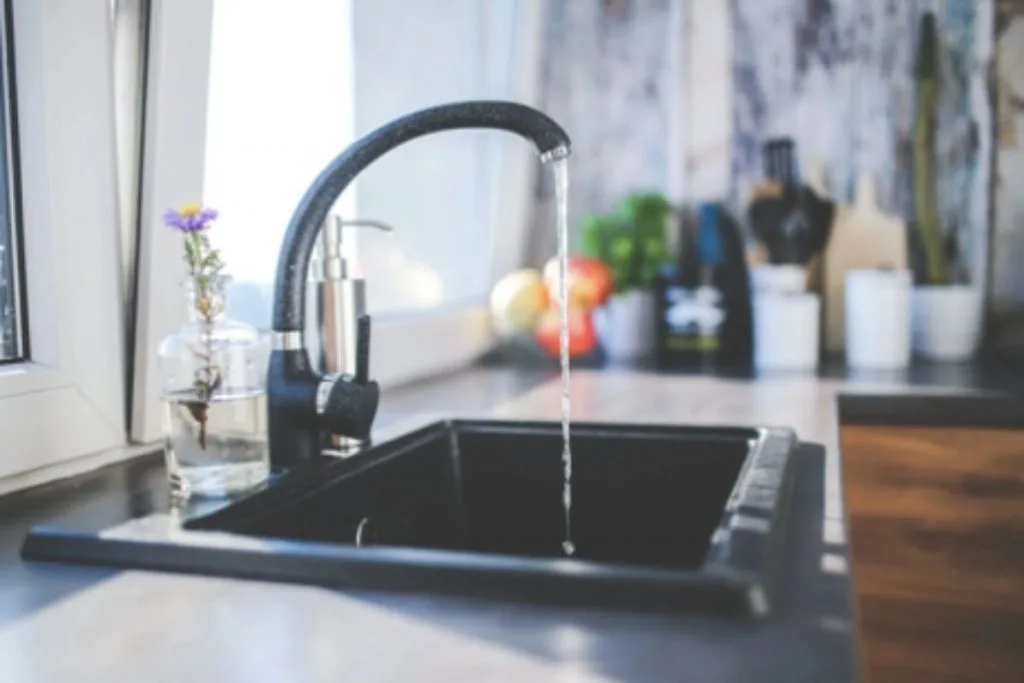Water is necessary for human life. It’s required by the body to function, but it also contains impurities that can cause us harm. Because water is so important to our survival, we must find ways to get rid of these toxins in our water supply.
Activated carbon filters
Activated carbon is an organic material that has been processed in various ways to develop a porous structure that contains a very large surface area because its particles are extremely small. Activated carbon filters have been used since the early 1900s when they were introduced by Chemische Werke to purify excessively chlorinated water supplies in England and used in de-chlorination throughout Europe. The activated charcoal filters made today are called “absolute” because they work best at purifying water and gas-containing organic vapors, such as those used in dry-cleaning.
Activated carbon is now also available for individual use. Using an activated carbon filer is a cheap way of removing contaminants and impurities from your water supply. Activated carbon filters cost about $34 on average, with most priced between $30 and $60, depending on the manufacturer. The cheapest and the simplest to use is a small jar of activated charcoal that you can find in every supermarket or grocery store. You just have to pour a small amount into a jug or pitcher filled with tap water and let it stand for an hour or two before drinking. Some people prefer to keep the jar by their sink, so they take advantage of the fumes released from the vaporizing chemicals during this process. Another type of activated carbon filter includes drops that can be added directly into your cup or glass of water. You can also use the drops to fill your water bottles.
Water purification tablets
Using chlorine tablets is another cheap and effective method of getting rid of a large variety of microbes that cause waterborne diseases like typhoid, diarrhea, cholera, hepatitis, and many more. Chlorine tablets are globally credited for eliminating outbreaks of waterborne illnesses. Chlorine tablets work as disinfectants by killing the microorganisms during the treatment of water and hence maintaining its quality for drinking. The tablets cost $8 to $12 and can treat up to 2,500 liters of water. This is advantageous if you have a water tank at home.
Chlorine dioxide
There are growing concerns regarding carcinogenic byproducts produced by applying chlorine to purify water. Using chlorine dioxide for water purification may be a little slower than using chlorine itself, but it leaves behind no known carcinogenic byproducts and has also been proven to kill microorganisms effectively over a wider range of pH levels. It costs roughly $0.07 per gallon but can be coast-efficient if you have a water tank.
Reverse osmosis system
A reverse osmosis system is more complicated than activated charcoal or activated carbon filters, but they are still inexpensive devices that don’t require professional installation. Reverse osmosis systems, for example, reduce almost everything in tap water except magnesium and calcium (which some people actually consider beneficial). Reverse osmosis filtration systems are usually sold together with an activated carbon filter housing. Activated carbon filters have been used since the 1960s when they were investigated by researchers from the University of California at Los Angeles for desalination use. This became the catalyst of the extensive research and application of reverse osmosis systems in oil reverse osmosis systems in removing impurities from oil fields, chemical processing plants, and municipal water treatment facilities. An under-sink reverse osmosis system costs an average of around $200 to $600 but can cost more than $800 depending on your plumbing connections.
Distillation
This method costs just as much as the reverse osmosis process listed above – $0.41 per gallon if distilled from seawater and $2.20 per gallon it’s distilled from local tap water. Reverse osmosis beats it out in cost per gallon by a landslide, as the only required equipment with this method is a $1 membrane – all you need to do after that is a pump and store your water.
Distillation does have some pretty distinct advantages though: it can be used for purification of any source of water available on Earth (or off-planet), and it’s also capable of removing chemicals from your drinking water supply as well as filtering microorganisms and dirt particles – but since the chemicals are not removed, they are still present in your distilled drinking water supplies. Distillation is generally regarded as being able to remove up to 95% of dissolved chemicals from your drinking water before boiling away any contaminants or impurities.

Water is necessary for human life, but when it is not properly treated, it can cause major health problems like cancer and other diseases. This article presented information on the different types of pollutants in the water supply, how to possibly get rid of these toxins through filtration systems, where to purchase them, and how much they could potentially cost.

